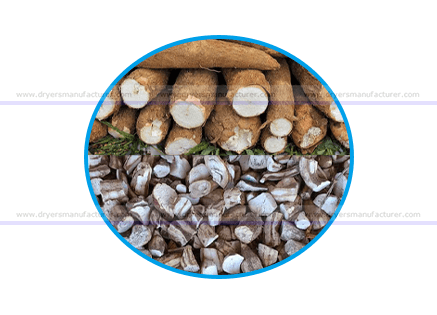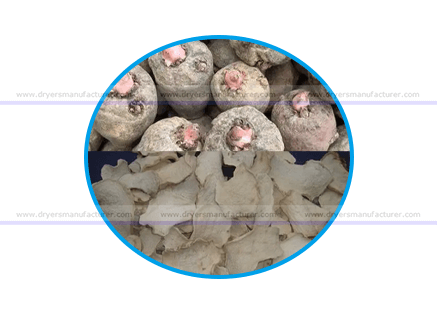The root tuber of cassava is rich in starch and is one of the industrial starch raw materials. Cassava is widely cultivated and has high yield. It is a common grain crop in the mountainous areas of southern my country. Because the tuber contains cyanate toxin, it must be washed and soaked before it can be eaten. Some low-toxic varieties, such as bread cassava, can be eaten after peeling off the skin. Detoxification. Cassava has been cultivated in my country for more than 100 years, usually with branches and leaves of light green or purple-red two strains, the former is less toxic.
Cassava also has the following health care functions








